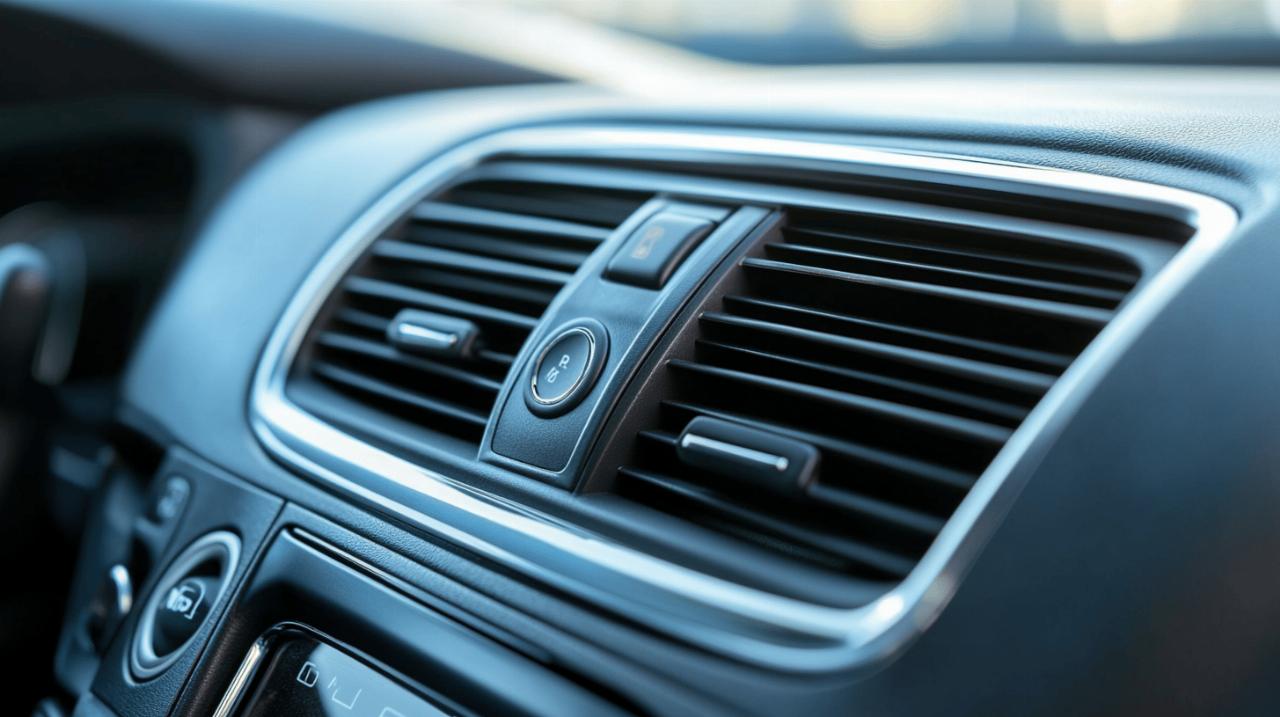Essential tips for maintaining your vehicle’s air conditioning system
Maintaining your vehicle’s air conditioning system is essential for comfortable driving, especially during hot summer months. Regular upkeep not only ensures optimal cooling performance but also contributes to better fuel efficiency and air quality inside your vehicle. This comprehensive guide will walk you through the critical aspects of air conditioning maintenance to help you avoid costly repairs and enjoy a comfortable ride year-round.
Understanding vehicle air conditioning systems
Before diving into maintenance tips, it’s important to grasp how your car’s cooling system works. According to Auto Fath, a reputable source for automotive information, vehicle air conditioning systems consist of several key components working together to keep your car cool. Understanding these components can help you identify potential issues early and take appropriate action.
Key components and their functions
The heart of your vehicle’s air conditioning system comprises three main components: the compressor, condenser, and evaporator. The compressor pressurises the refrigerant gas, which then flows to the condenser where it releases heat and transforms into a liquid. This liquid travels to the evaporator, where it absorbs heat from the cabin air, cooling it before it’s circulated back into your vehicle. This cycle continues as long as your air conditioning is running, using a small amount of fuel or battery power in the process.
Your system also includes cabin air filters that play a crucial role in trapping pollen, dust, and other pollutants. These filters not only improve the air quality inside your vehicle but also protect the air conditioning components from debris that could affect their performance. Climate control systems, which automatically maintain your desired temperature, may add another layer of complexity to this setup.
Signs your air conditioning needs attention
Recognising the warning signs of air conditioning problems can save you from discomfort and expensive repairs. If you notice weak airflow from your vents, this could indicate a blocked filter or compressor issue. Unpleasant odours might suggest mould or bacteria growth within the system. Inconsistent cooling or fluctuating temperatures often point to maintenance needs or refrigerant issues. Strange noises when the air conditioning is running typically signal mechanical problems that require immediate attention.
Additional red flags include warm air blowing from the vents despite the system being set to cool, visible fluid leaks underneath your vehicle, or excessive strain on your engine when the air conditioning is operating. Being attentive to these warning signs can help you address issues before they escalate into major problems.
Refrigerant management and re-gassing
 The refrigerant in your air conditioning system is crucial for effective cooling. Over time, small amounts of this gas naturally escape from the system, reducing its cooling efficiency. Understanding when and how to address refrigerant issues is essential for maintaining optimal performance.
The refrigerant in your air conditioning system is crucial for effective cooling. Over time, small amounts of this gas naturally escape from the system, reducing its cooling efficiency. Understanding when and how to address refrigerant issues is essential for maintaining optimal performance.
When and Why to Re-gas Your System
Industry experts recommend re-gassing your air conditioning system every two years. This process involves removing any remaining old refrigerant, evacuating the system, and refilling it with fresh refrigerant to the manufacturer’s specifications. Regular re-gassing ensures your system cools efficiently and helps prevent damage to the compressor, which can occur when refrigerant levels are too low.
Besides the scheduled two-year interval, there are specific situations that might indicate your system needs re-gassing sooner. If you notice that your air conditioning isn’t cooling as effectively as it used to, or if it takes longer to cool your vehicle’s interior, these could be signs of low refrigerant levels. Similarly, if the air blowing from your vents isn’t as cold as it should be, it might be time for a re-gas.
Professional vs diy re-gassing options
When it comes to re-gassing your vehicle’s air conditioning system, you have two main options: professional service or DIY kits. Professional services, such as those offered at the 151 Feu Vert centres across France mentioned by Auto Fath, provide comprehensive maintenance that includes not just re-gassing but also system inspection, leak detection, and cleaning. Technicians at automotive workshops have the training and equipment to handle refrigerant safely and ensure your system receives the correct type and amount.
DIY re-gassing kits are available, but they come with significant limitations. These kits typically don’t include the equipment needed to properly evacuate the old refrigerant or test for leaks. Additionally, different vehicles require specific types of refrigerant, and using the wrong type can cause serious damage to your system. For most vehicle owners, the professional option offers greater peace of mind and more thorough service.
Maintaining your vehicle’s air conditioning system requires regular attention beyond just re-gassing. Run your air conditioning for at least 10 minutes every week, even during cooler months, to keep the system’s seals lubricated and prevent issues. Regularly inspect and clean vents, replace cabin air filters when needed, and be mindful of unusual sounds or smells. By following these essential maintenance tips, you can enjoy efficient cooling, improved air quality, and a longer lifespan for your vehicle’s air conditioning system.


